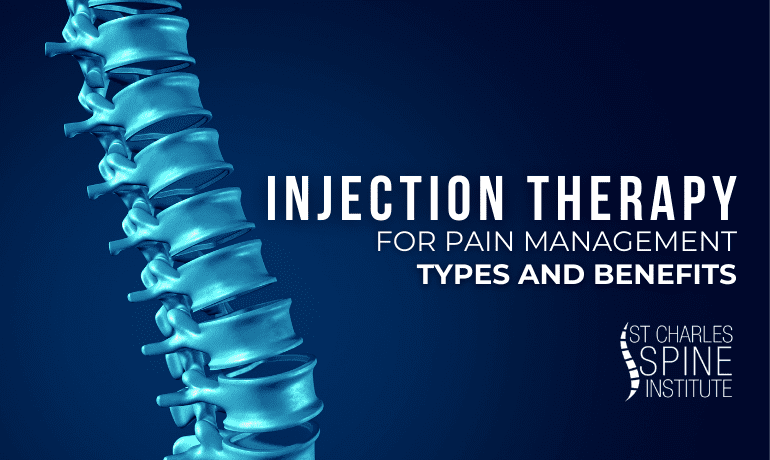Injection Therapy for Pain Management: Types and Benefits

Chronic pain can be debilitating, negatively impacting almost every aspect of your life, from work to leisure and even sleep. Medications or physical therapy can be effective in helping you cope with temporary or even chronic pain, but they may not always provide sufficient relief. Moreover, keeping up strenuous therapy exercise routines can be difficult and time-consuming, and taking any medication long-term can introduce other health problems or concerns.
When conventional, non-invasive therapies are just not providing you with the longer-term relief you want, injection therapy can be a powerful option. Injection therapy delivers targeted relief directly to the source of pain, providing fast and effective results. Not only that, but your physician can choose from among multiple types of injection therapy, depending on the location, cause, and severity of the pain being addressed.
St. Charles Spine Institute is dedicated to treating patients with spinal problems using state-of-the-art treatments and therapies. As the nature of spinal healthcare has evolved, we pride ourselves on adopting treatments that promise the best outcomes in terms of mobility, longevity, and pain relief. We have experienced considerable success using injection therapy—specifically, epidural steroid injections. However, as explained below, there are several different types of injection therapy, each using steroids, anesthetics, or other medications to target specific applications.
What Is Injection Therapy for Pain Management?
Injection therapy involves administering medication directly into the affected area of the body to relieve pain and reduce inflammation. This procedure targets specific areas such as joints, muscles, nerves, or the spine.
This approach is particularly effective for treating:
- Arthritis
- Herniated discs
- Sciatica
- Tendonitis
- Bursitis
- Spinal stenosis
- Muscle and joint pain
Types of Injection Therapy
There are several types of injection therapies used for pain management, each designed to address specific conditions or areas of the body. Below are the most common options:
1. Corticosteroid Injections
Corticosteroid injections are widely used to reduce inflammation and provide pain relief. They’re commonly administered in joints (e.g., knees, shoulders, hips) or the spine. Corticosteroids are particularly effective for conditions such as arthritis, tendonitis, or bursitis.
- How They Work: Corticosteroids mimic the effects of hormones produced by your adrenal glands to reduce inflammation and calm overactive immune responses
- Benefits: Provides relief within days and can last for weeks or even months
2. Epidural Steroid Injections
These injections target the space around the spinal cord (the epidural space). They are commonly used to treat back pain, leg pain, or sciatica caused by herniated discs or spinal stenosis.
- How They Work: Steroids are injected near the affected nerves, reducing inflammation and alleviating nerve pain
- Benefits: Provides significant relief from radiating pain, allowing patients to return to daily activities sooner
3. Trigger Point Injections
Trigger points are tight knots in muscles that can cause localized or referred pain. Trigger point injections deliver medication directly into these areas to release tension and reduce discomfort.
- How They Work: A small needle is inserted into the trigger point, usually delivering an anesthetic or corticosteroid
- Benefits: Provides immediate relief, improves range of motion, and reduces muscle stiffness
4. Nerve Blocks
Nerve block injections interrupt pain signals from a specific nerve or group of nerves. These injections are used for severe pain caused by conditions like chronic migraines, sciatica, or complex regional pain syndrome (CRPS).
- How They Work: Local anesthetics and/or steroids are injected near the affected nerve
- Benefits: Provides temporary or long-term relief, depending on the type of nerve block utilized
5. Joint Injections (Hyaluronic Acid or Platelet-Rich Plasma)
Joint injections are often used to relieve knee, shoulder, and hip pain. These include hyaluronic acid injections for lubrication and platelet-rich plasma (PRP) therapy, which uses your body’s healing ability to reduce pain and improve joint health.
- How They Work: Hyaluronic acid replenishes joint surfaces, while PRP stimulates tissue repair naturally using your own body’s healing mechanisms
- Benefits: Reduces pain, enhances mobility, and delays the need for surgical intervention
6. Prolotherapy
Prolotherapy, or regenerative injection therapy, stimulates the body’s healing process by injecting an irritant solution (typically sugar-based) into the affected area.
How It Works: The irritant triggers inflammation, provoking the body’s healing response to promote tissue repair and strengthening.
Benefits: Long-term relief by addressing the root cause of instability or weakness
Benefits of Injection Therapy
Regardless of the area of the body being treated or the problem being addressed, injection therapy offers several advantages over other pain management strategies:
- Targeted Relief: Medication is delivered directly to the source of pain, providing more precise and effective relief than oral medications.
- Reduced Need for Surgery: For many patients, injection therapy can enable you to delay surgery and, in some cases, even eliminate the need for surgical intervention.
- Minimally Invasive: Unlike surgery, injections are quick procedures that require little to no downtime; most are administered in a doctor’s office.
- Fast-Acting: Most injection therapies begin to relieve pain within hours or days, allowing patients to return to normal activities sooner.
- Customizable Treatments: With multiple types of injections available, your healthcare provider can determine which treatment is optimal for your specific condition.
Is Injection Therapy Right for You?
If you’re struggling with chronic back pain that hasn’t responded to conservative treatments, injection therapy could be an effective solution. Injection therapy is a versatile and effective tool for managing chronic pain that is the result of a herniated disc or compressed nerves from spinal stenosis. Injection therapy is minimally invasive and can provide fast and targeted relief.
To find out if injection therapy may be suitable for you, consult a specialist in injection therapy. If you suffer from chronic back pain, contact St. Charles Spine Institute in Thousand Oaks and schedule an appointment to find out whether injection therapy can relieve your discomfort and restore your spinal health. Our team of pain management specialists is here to help you find the best solution for your needs.
